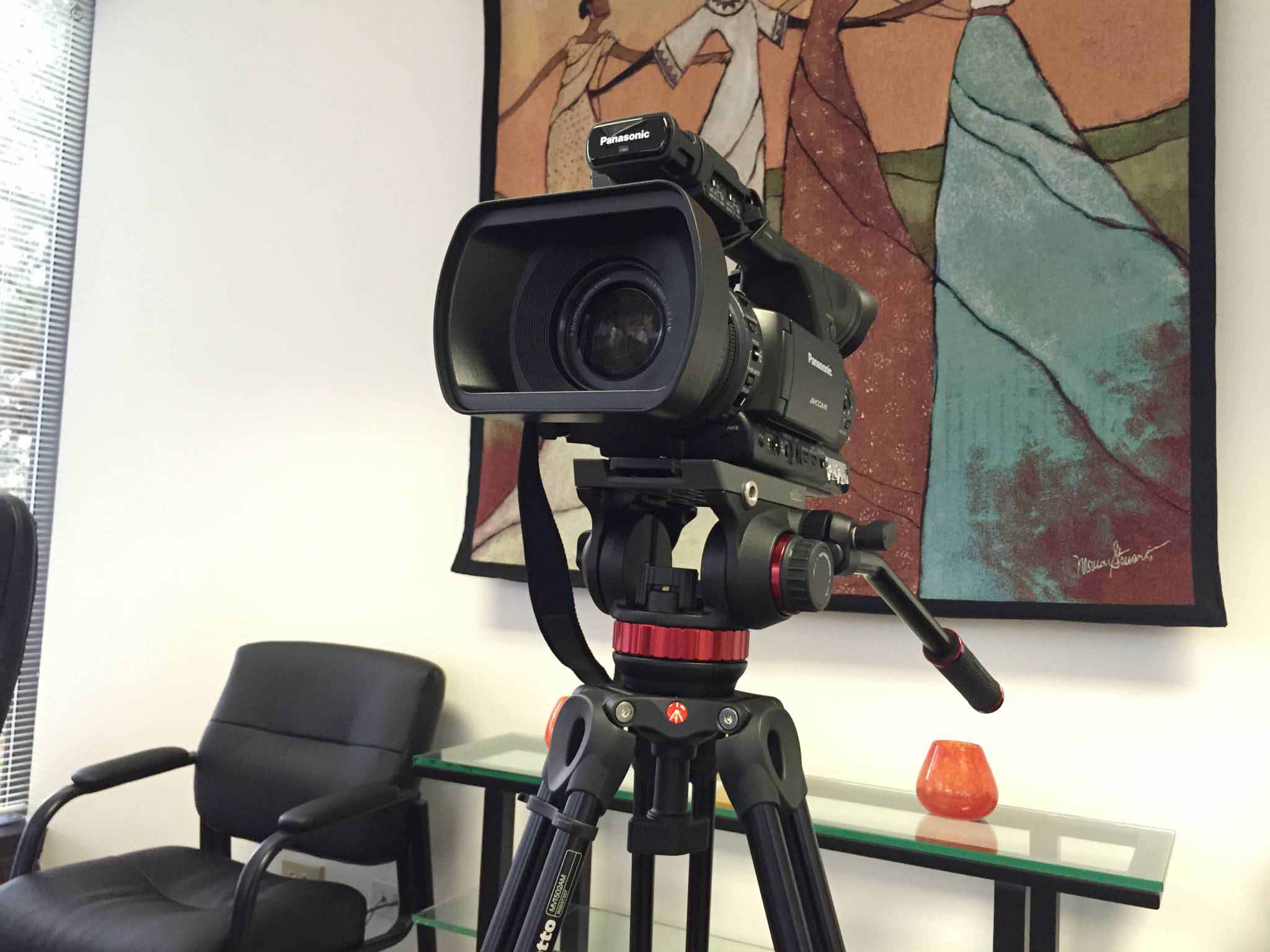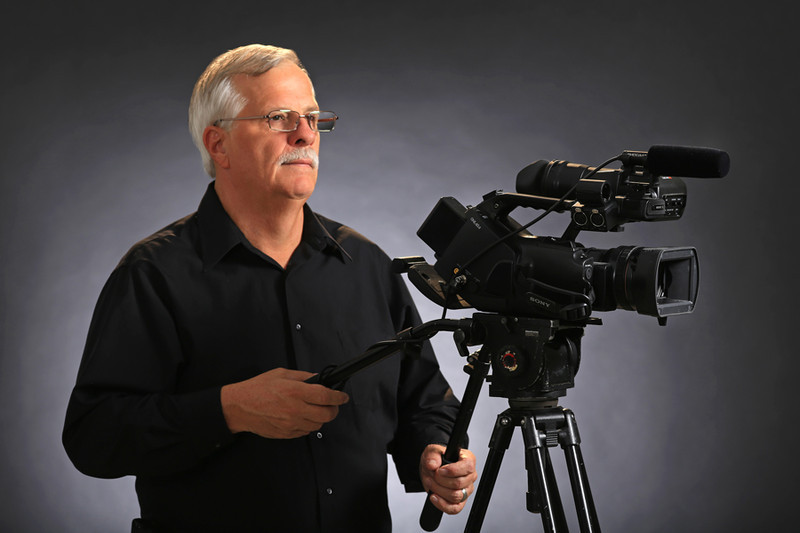How Legal Videography Can Make or Break Your Legal Strategy
How Legal Videography Can Make or Break Your Legal Strategy
Blog Article
Exploring the Mechanisms of Legal Videography: Unveiling Its Procedure in Shielding Genuine Aesthetic Testimony for Judicial Procedures
In the realm of judicial procedures, the role of lawful videography stands as a cornerstone in maintaining and providing visual evidence. As technology continues to advance, the mechanisms behind legal videography have become increasingly intricate, supplying a vital layer of credibility to testimonies caught on video clip. By delving right into the operational ins and outs of legal videography, one can uncover the precise processes that protect the integrity of aesthetic evidence provided in courts - Legal Videography. This exploration not just clarifies the historical evolution of lawful videography however also means the future fads that might even more revolutionize just how aesthetic statements are upheld in the world of justice.
Historic Advancement of Legal Videography
Examining the historical progression of legal videography reveals a substantial transformation in the capturing and discussion of visual evidence within the lawful landscape. In the past, lawful proceedings greatly depended on created records and photographs to record events and offer proof. With the development of video innovation, the lawful sector experienced a standard shift in how visual testimony was captured and provided.
The development of lawful videography can be mapped back to the late 20th century when advancements in video recording devices made it much more easily accessible for use in courts. This technical improvement not only boosted the precision and integrity of visual proof yet likewise revolutionized the way instances were offered to juries and judges (Legal Videography). Attorneys started to identify the convincing power of video clip recordings in sharing feelings, subtleties, and non-verbal cues that composed photographs or records alone can not capture efficiently

Innovation Advancements in Video Documents
What key technological developments have changed video clip documents in the lawful field? The lawful field has seen substantial innovations in video clip paperwork innovation that have actually boosted the credibility and reliability of visual evidence in judicial procedures.
Additionally, advancements in video clip encryption and watermarking modern technologies have actually strengthened the protection and tamper-proof nature of video evidence, protecting it against unapproved modifications or tampering. In addition, the introduction of cloud storage remedies and remote accessibility abilities has streamlined the storage space, retrieval, and sharing of video proof, facilitating smooth collaboration among attorneys and guaranteeing efficient access to crucial visual testimonies when required. These technical innovations in video clip paperwork have actually undoubtedly transformed the legal field, enhancing the accuracy, credibility, and admissibility of visual evidence in judicial process.
Duty of Lawful Videographers in Court Room Settings
The evolution of video paperwork innovation in the legal field has actually demanded a critical function for legal videographers in court settings, making certain the honesty and integrity of visual testimonies offered during judicial procedures. Lawful videographers play a basic role in capturing and protecting precise aesthetic evidence that can be crucial in court instances. Their obligation extends to establishing equipment, tape-recording process, and generating high-quality video clips that properly mirror the occasions in the courtroom.
In court setups, lawful videographers need to comply with strict standards and standards to maintain the credibility of the aesthetic record. They have to have a keen eye for information and a complete understanding of lawful treatments to ensure that the video they catch is a true depiction of the events that transpired. Furthermore, legal videographers often function closely with lawful teams to make sure that the video clip evidence straightens with the case's requirements and can be successfully provided in court to sustain the lawful disagreements being made. On the whole, the role of lawful videographers in court room setups is vital in promoting the concepts of justice and making sure the transparency of lawful procedures.

Ensuring Admissibility and Honesty of Video Clip Evidence
To keep the reliability of aesthetic proof presented in legal proceedings, ensuring the admissibility and integrity of video evidence is a vital obligation for lawful videographers. Admissibility describes the approval of evidence by the court, and for video clip proof to be permissible, it must satisfy particular standards. Legal videographers play a vital function in ensuring that the videos they catch adhere to the guidelines of evidence, such as credibility, relevance, and integrity.
Stability of video clip proof entails keeping the originality and precision of the footage from the time it is videotaped till it is offered in court. This includes safely keeping the video files, recording the chain of custodianship, and protecting against any meddling or changes. Legal videographers need to adhere to strict protocols to ensure the stability of the video evidence and avoid any type of obstacles to its he said credibility.
Future Trends in Legal Videography
Given the enhancing reliance on technology in lawful proceedings, legal videographers are positioned to welcome innovative advancements forming the future of aesthetic testimony capture and presentation. Among the prominent patterns coming up is the integration of virtual reality (VR) and increased reality (AR) technologies into lawful videography. These technologies have the possible to change exactly how visual evidence is provided in courtrooms, allowing discretionary to immerse themselves in the scene of the criminal activity or case.
In addition, making use of expert system (AI) algorithms for video clip analysis is anticipated to simplify the process of reviewing and evaluating big amounts of video clip footage. AI can help in identifying key moments, abnormalities, and patterns within videos, you could try here improving the efficiency of lawful examinations.

Conclusion
To conclude, lawful videography has actually played a critical function in supplying genuine visual evidence for judicial procedures. Through technical developments and the proficiency of legal videographers, the stability and admissibility of video evidence are ensured in court setups. As legal videography proceeds to advance, it will be necessary to support criteria that keep the accuracy and dependability of visual testament for the future of lawful procedures.
Analyzing the historic development special info of lawful videography exposes a considerable transformation in the recording and discussion of aesthetic proof within the lawful landscape.The advancement of video clip documents innovation in the lawful area has actually demanded a critical function for legal videographers in court settings, guaranteeing the stability and reliability of aesthetic statements offered throughout judicial process. Additionally, legal videographers often function very closely with legal groups to make sure that the video proof aligns with the situation's demands and can be effectively presented in court to sustain the legal arguments being made.To preserve the trustworthiness of visual proof provided in legal procedures, making certain the admissibility and honesty of video clip evidence is a crucial duty for legal videographers. As legal videography proceeds to advance, it will be necessary to support requirements that maintain the precision and integrity of aesthetic testament for the future of legal proceedings.
Report this page